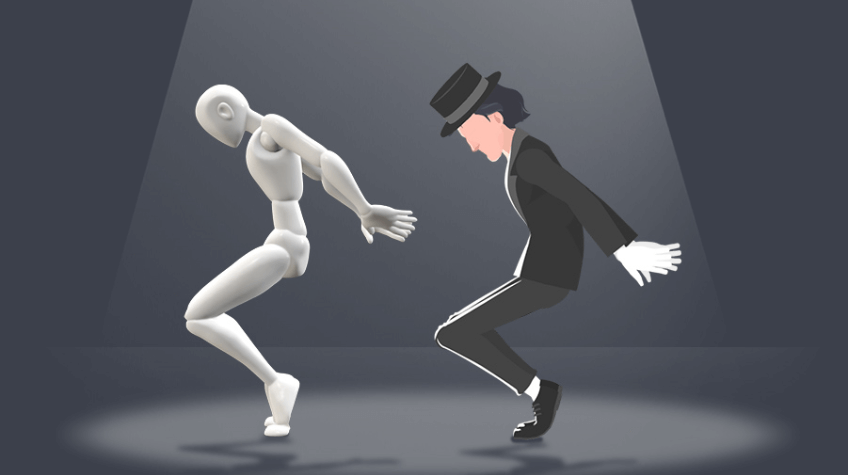
A video game is much more than just having fun. This is a synergy that lasts even after you’ve left the game. Creating this harmony necessitates the use of cutting-edge technological expertise as well as a sense of style.
You must know exactly what a character will be, not just externally, but also inwardly, in order to build a manner and character. The hero’s inner life is frequently shown through his or her looks. As a result, you must choose its characteristics.
Will he be a heroic, morally righteous person? A cunning con man? A stinking troll? A demonic creature?
Game Character Creation: Stages
The creation of a playable character is intertwined with the creation of a game. Animation is a very complex process that may require outside help from game animation outsourcing companies.
1. Idea.
2. Creation of storyboards and rough sketches of the game world, the main characters and the process of the game.
3. Detailing the game process.
4. Combining all notes and drawings into a game scenario or technical assignment.
5. Simulation of characters and creation of the game world.
► Idea
When you start creating a 2D character, you need an idea. Where can I get it?
- Play other games. Not to copy, but to spy on what is in trend today.
- Watch sci-fi movies and videos. To use a movie character, you need the filmmaker’s permission.
- Using real games, like hockey, and turning it into a computer version or a futuristic version with characters in their original guise.
- Fantasy is a gold mine with which you can create anything.
► Storyboard
One of the best ways to see a character (as well as the game itself) is through storyboards – a series of sequential drawings that show the levels of the game or the different scenes and goals that the character is involved in. Each storyboard should include a paragraph or two describing what is happening. The easiest option is to sketch each level, and the end frame is the target.
► Detailing
After creating the storyboard, you need to write a detailed plan for the process and design of the hero’s appearance. This stage is extremely difficult. The developer must think about every possible detail and describe it. If you do not take into account a certain detail, it will not be in the game itself.
It is necessary to paint all the rules and structure of the game. For example, here’s a list of questions to consider:
- What is the game character capable of? Can he fly, swim or teleport?
- What is the maximum number of opponents that the hero can fight?
- What types of weapons are applicable in the game?
- How does a player get healthier?
- Can multiple players play at once?
- Will there be a perspective side view, top view, or full 3D view?
- What is the personality of the protagonist?
This set of questions is the minimum set to take care of. The key point here is the detailed creation of 3D characters, laws and goals of the game universe. This is necessary because you need to generate an artificial universe in which all elements organically exist and interact. The more details are included, the better the game will be.
► Documentation
After all the storyboards and details of the game are written down, you can proceed to writing the project documents. The purpose of the document is to record all ideas in a format that resembles a movie script.
The result of the development – the imaginary world becomes brighter.
► 3D character modeling for the game
When starting character development, it’s worth understanding why some heroes become popular and others don’t. You also need to figure out who the game is aimed at. For example, characters designed for young children are usually designed using rudimentary geometric shapes and vibrant colors.
► Background
The backstory is important to the character. She provides him with motivation, explains why he acted this way and not otherwise in a certain situation. This is especially important if the character’s life continues in comics or cartoons.
► Appearance development
Computer graphics and animation allow you to embody the most daring ideas of the designer and expand the physical capabilities of the hero. By exaggerating external features, you can determine its key qualities. For example, if the hero is a strong man, then he is so pumped that he looks like a mountain.
Related: Mobile Game Development in Unity 3D
► Hero personality
Personality draws the player towards the character. Players love tension, such as when a character gets in trouble because of their flaws. Batman’s conflicts with his personal demons make him attractive to fans. After all, each of us has our own cockroaches, but we are afraid to show them. And in the game you can be yourself.
The heroes will be emotionally self-sufficient if the developers of the 3D animation studios endow the characters with the features of the Big Five: benevolence, conscientiousness, extraversion, openness to experience and neuroticism.
The player is the actor and the character plays the main role in the group story. This story can be either a stand-alone adventure or a series of related adventures that shape the campaign. Whimsy Games can help you with all stages of game and animation development.







I’m pretty pleased to uncover this great site. I need to to thank you for ones time for this particularly wonderful read!! I definitely loved every bit of it and I have you saved to fav to look at new information on your site.